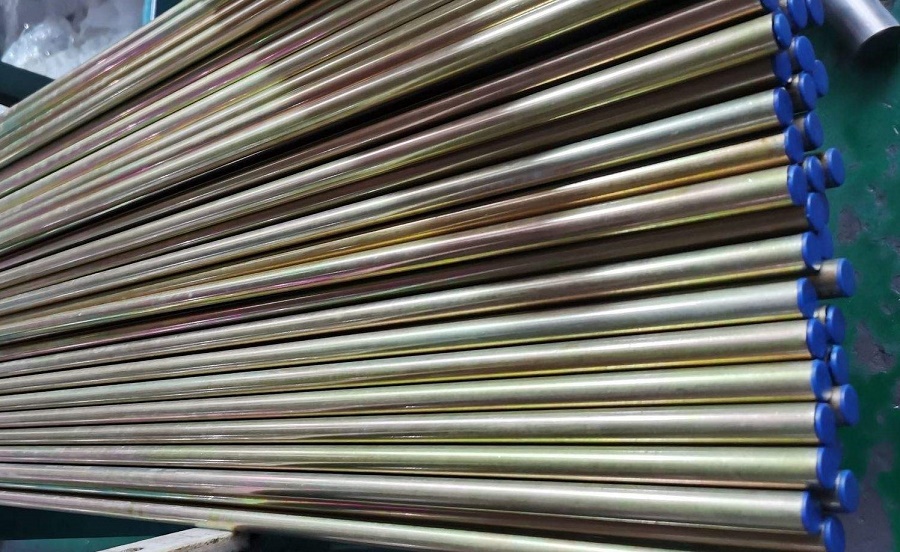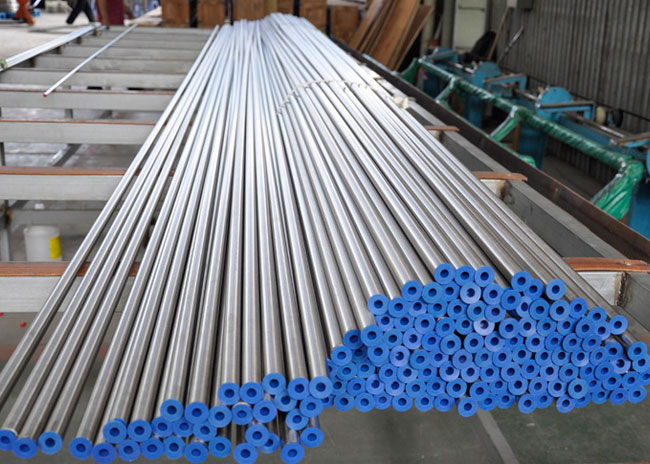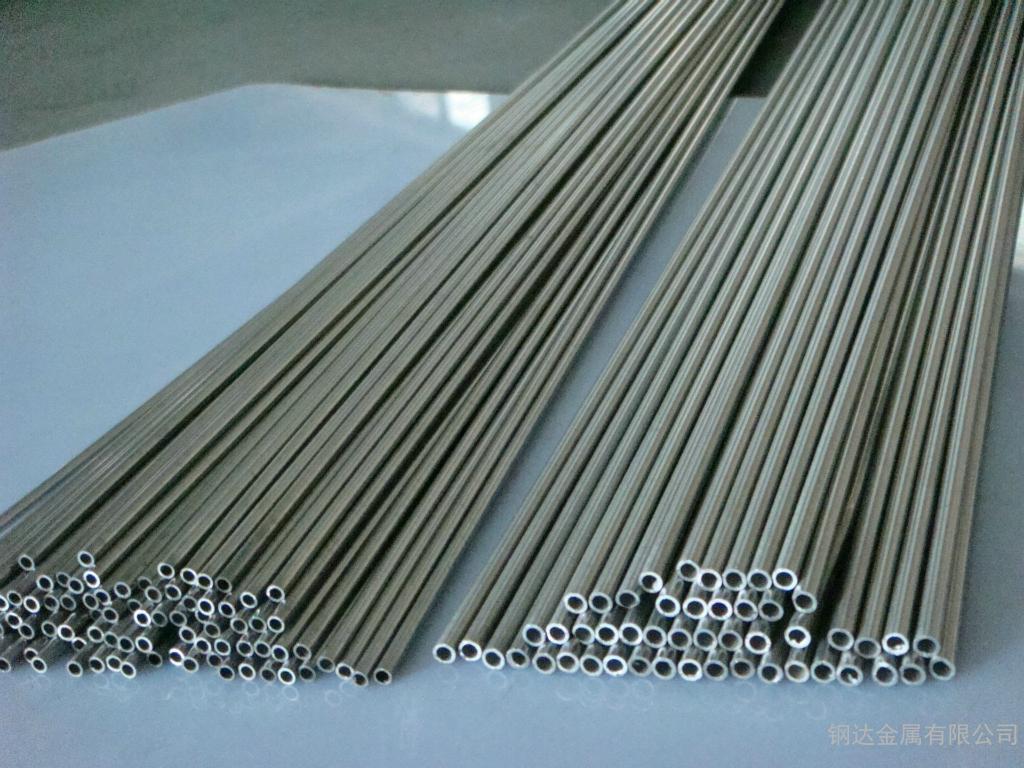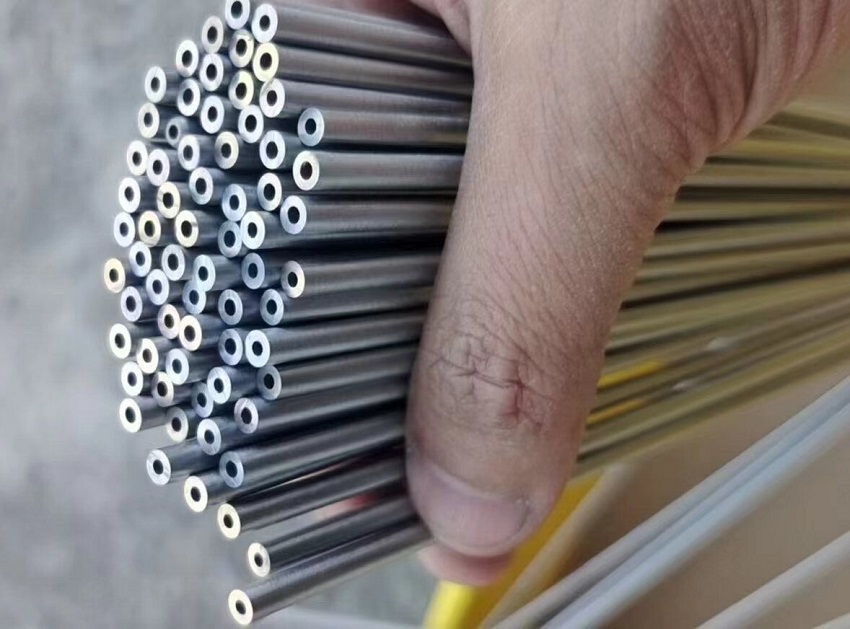NEWS CENTER
The hydraulic system components and their functions
A hydraulic system is a technology that utilizes pressurized fluid to transmit power. By converting mechanical energy into hydraulic energy through a hydraulic pump, the hydraulic fluid is directed into hydraulic cylinders or hydraulic motors to transfer and control force. Its basic components include a reservoir, hydraulic pump, valves, actuators, and piping/hoses. Hydraulic systems are widely used in heavy machinery, aerospace, automotive braking systems, industrial manufacturing, and more due to their high power density, precise control, and long-distance transmission capabilities.
The hydraulic system components and their functions:
Hydraulic systems are crucial components used for power transmission and mechanical motion control in various industries. They consist of hydraulic elements and hydraulic transmission components.
The hydraulic system comprises a series of components, including hydraulic pumps, control valves, hydraulic cylinders, and hydraulic pipelines. The role of the hydraulic pump is to convert the energy from the power source (electric motor, engine, etc.) into hydraulic pressure, sending high-pressure hydraulic oil into the system. Control valves regulate pressure, flow, and direction to achieve controlled motion. Hydraulic cylinders convert hydraulic flow into mechanical motion, enabling the drive or control of mechanical motion. Lastly, hydraulic pipelines connect hydraulic cylinders and control valves to the hydraulic pump, forming a closed-loop system. Together, these components create a complete hydraulic system.
Hydraulic Pump
The hydraulic pump is a crucial component that transforms the kinetic energy of a rotating motion into hydraulic energy, effectively extracting and distributing it to different parts. Depending on structure, hydraulic pumps can be classified as single-stage, multi-stage, and multi-section hydraulic pumps. Although their structures vary, they share the same principle of converting rotational energy into pressure energy to transmit power to system pipes and components, achieving the transmission purpose.
Control Valves
Control valves are also essential components in hydraulic systems, controlling various parameters such as pressure, flow, and direction to achieve mechanical motion control. Based on their functions, control valves can be categorized into pressure reducing valves, pressure regulating valves, mixing valves, and redirecting valves. Pressure reducing valves limit the hydraulic systems pressure, pressure regulating valves adjust and control the systems pressure, mixing valves blend different hydraulic oil flows, and redirecting valves control the flow direction of hydraulic oil.
Hydraulic Cylinder
The hydraulic cylinder is another critical component in the hydraulic system, converting hydraulic flow into mechanical motion for driving or controlling mechanical motion. Hydraulic cylinders can be classified as single-acting and double-acting hydraulic cylinders. Single-acting hydraulic cylinders consist of a cylinder head and a cylinder rod, while double-acting hydraulic cylinders consist of two cylinder heads and one cylinder rod. Single-acting cylinders act in one direction, while double-acting cylinders can act in two directions. Another advantage of double-acting hydraulic cylinders is their ability to generate continuous force.
Hydraulic Pipelines
Hydraulic pipelines are important components of the hydraulic system, connecting hydraulic pumps, control valves, hydraulic cylinders, and various contact points to form a closed-loop system. The design of hydraulic pipelines must consider safety performance, pressure resistance, corrosion resistance, etc. This includes aluminum alloy and steel pipelines, as well as joints and sleeves made from the aforementioned materials.
The hydraulic system is a crucial mechanical transmission system comprising hydraulic pumps, control valves, hydraulic cylinders, and hydraulic pipelines. The hydraulic pump converts the energy from the power source into hydraulic pressure, control valves regulate pressure, flow, and direction, hydraulic cylinders convert hydraulic flow into mechanical motion for driving and control, and hydraulic pipelines connect hydraulic elements and transmission components, forming a closed-loop system. Proper design and maintenance ensure the normal operation of hydraulic systems, saving energy consumption and improving power efficiency.

Hydraulic Pipelines
请输入搜索关键字
确定






